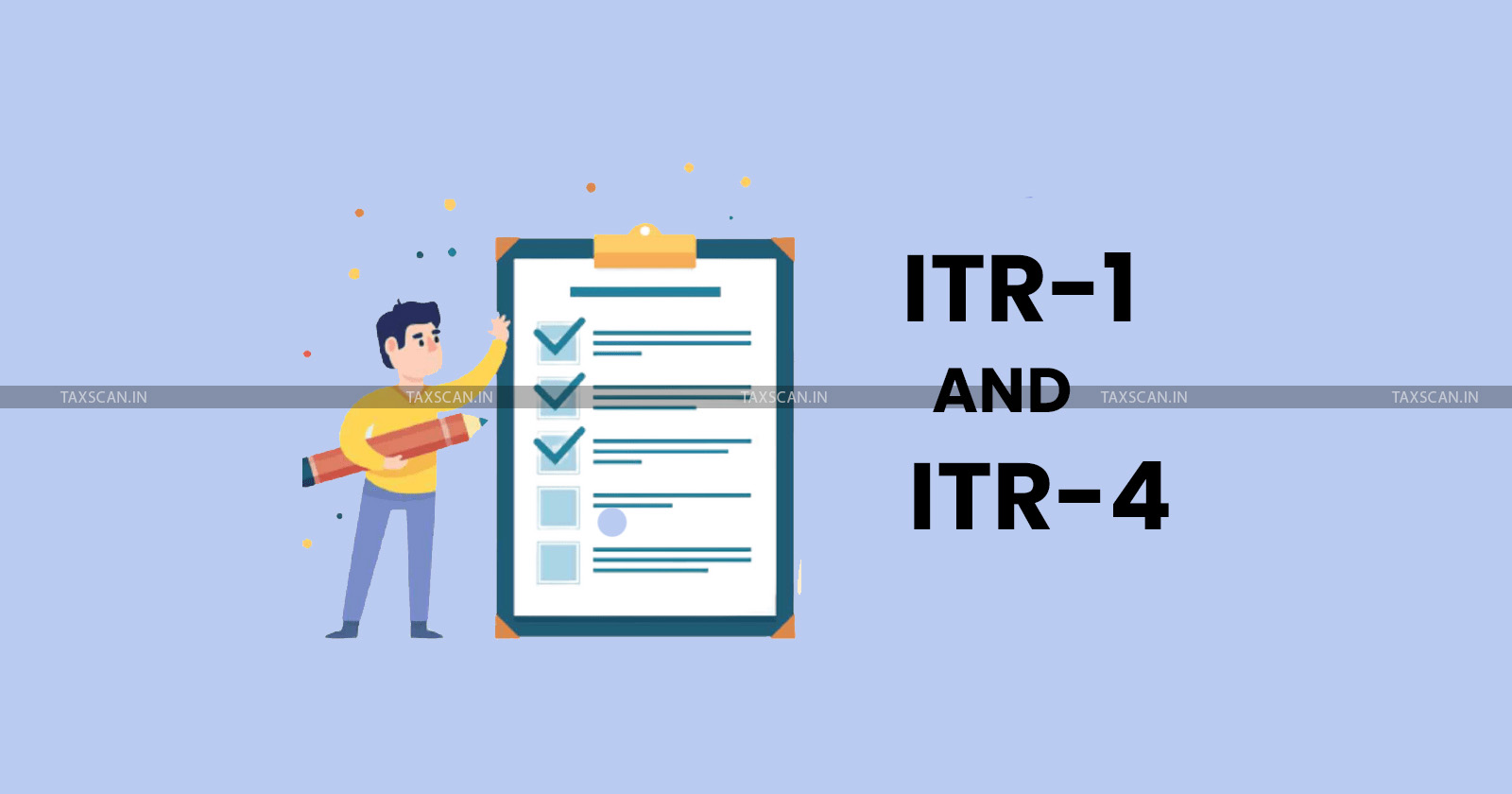All about Changes in New Updated Income Tax Returns ITR-1 and ITR-4
Know the recent changes to IT Returns ITR-1 and ITR-4.

The Income Tax Department has recently rolled out the latest Income Tax Return (ITR) Form 1 and ITR Form 4 for the assessment year 2024-25, marking a departure from the usual release schedule in February or March.
Read More: CBDT notifies Income Tax Returns Form ITR-1 and Form ITR-4 for AY 2024-25
This early notification is intended to assist taxpayers in getting acquainted with the updated disclosure requirements and necessary documentation for filing returns in the fiscal year 2023-24. Let's delve into the alterations or lack thereof in the ITR forms for the upcoming assessment year.
No alterations in applicability:
The applicability of ITR forms for various taxpayer categories remains unaltered. ITR Form 1 is tailored for salaried individuals with income or loss from one house property, family pension, etc. Meanwhile, ITR Form 4 is applicable to salaried individuals with diverse income sources, including capital gains, dividend income, income or loss from multiple house properties, etc. Those with additional income from presumptive businesses or partnership firms can utilize ITR 3 and ITR 4.
Deduction for Agniveers:
In the recent Budget of 2023, a new section, Section 80CCH, was incorporated into the Income Tax Act. This section allows tax deductions for the entire amount contributed by individuals and the Central Government to the Agniveer Corpus Fund. ITR 1 and ITR 4 have been modified to feature a dedicated column for detailing the deduction amount permitted under this section.
Disclosure for the type of account:
A fresh disclosure requirement has been introduced in the revamped ITR-4 form, necessitating the specification of the type of bank account. Taxpayers are now required to disclose details of all bank accounts held in India at any time during the previous year, excluding dormant accounts.
Receipts in cash disclosure:
The updated ITR-4 Form introduces a separate disclosure for specifying cash receipts. Unlike the past, where all receipts were collectively disclosed, the new column distinguishes cash receipts from other modes such as cryptocurrency. However, the practical implications of this separate disclosure remain uncertain, especially when opting for the presumed tax regime.
New tax regime default option:
As per the Budget of 2023, the new tax regime becomes the default option when filing returns on the income tax portal. Taxpayers seeking to revert to the old regime must actively select it during the filing process. Section 115BAC (6) permits eligible assesses to opt out of the new tax regime, with specific procedures for different income sources.
ITR changes made last year:
Modifications in ITR forms last year aimed at enhancing transparency for taxpayers. Salaried individuals using ITR-2, for instance, now have separate schedules for offsetting current-year capital losses against capital gains income. Additionally, specific schedules were introduced for disclosing income from Virtual Digital Assets (VDAs), aligning with the special tax regime introduced in the previous year's budget. The latest ITR 1 and ITR 4 forms incorporate these changes, including the requirement to disclose the filing of Form 10-IEA within or after the due date.
Support our journalism by subscribing to Taxscan premium. Follow us on Telegram for quick updates


